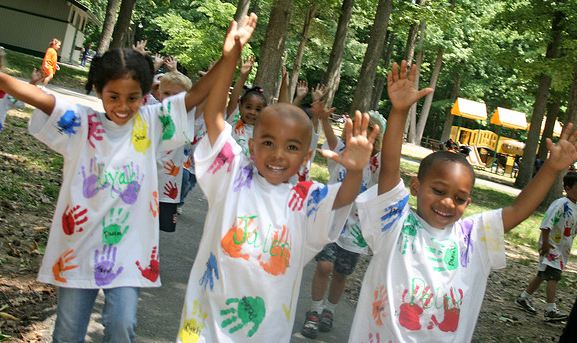A school is not a desert of emotions,” begins an article by Finnish educators Taina Rantala and Kaarina Määttä, published last month in the journal Early Child Development and Care. But you’d never know that by looking at the scientific literature.
“In the field of educational psychology, research on feelings is lacking,” the authors note, “and the little that does exist has focused more on negative rather than positive feelings.” Rantala, the principal of an elementary school in the city of Rovaniemi, and Määttä, a professor of psychology at the University of Lapland, set out to remedy this oversight by studying one emotion in particular: joy.
The researchers followed a single class through first and second grade, documenting the students’ emotions with photographs and videos. Through what they call “ethnographic observation,” Rantala and Määttä identified the circumstances that were most likely to produce joy in the classroom. No doubt many pupils would agree with this example of their findings: “The joy of learning does not include listening to prolonged speeches.”
Such teacher-centric lessons are much less likely to generate joy than are lessons focused on the student, the authors report. The latter kind of learning involves active, engaged effort on the part of the child; joy arrives when the child surmounts a series of difficulties to achieve a goal. One of the authors’ videos shows seven-year-old Esko, tapping himself proudly on the chest and announcing, “Hey, I figured out how to do math!” A desire to master the material leads to more joy than a desire to simply perform well, Rantala and Määttä add: joy often accompanies “the feeling of shining as an expert.”
Likewise, the joy of learning is more likely to make an appearance when teachers permit students to work at their own level and their own pace, avoiding making comparisons among students. The authors recommend that children be taught to evaluate and monitor their own learning so they can tell when they’re making progress. Some pupils will take longer than others—as Rantala and Määttä write, “The joy of learning does not like to hurry.” Because joy is so often connected to finishing a task or solving a problem, they point out, allowing time for an activity to come to its natural conclusion is important. Granting students a measure of freedom in how they learn also engenders joy. Such freedom doesn’t mean allowing children to do whatever they want, but giving them choices within limits set by a teacher. These choices need not be major ones, the authors note: “For us adults, it makes no difference whether we write on blue or red paper, but when a student can choose between these options, there will be a lot of joy in the air.”


